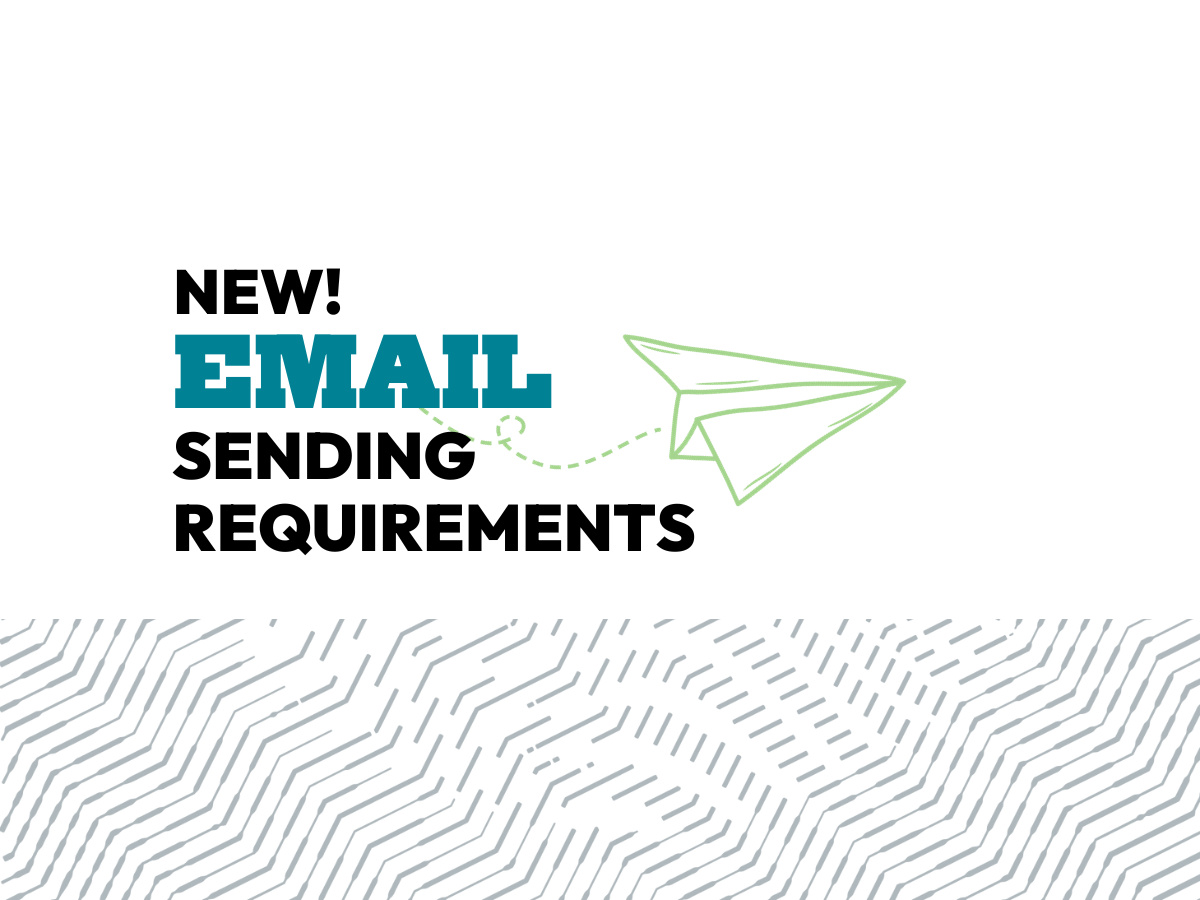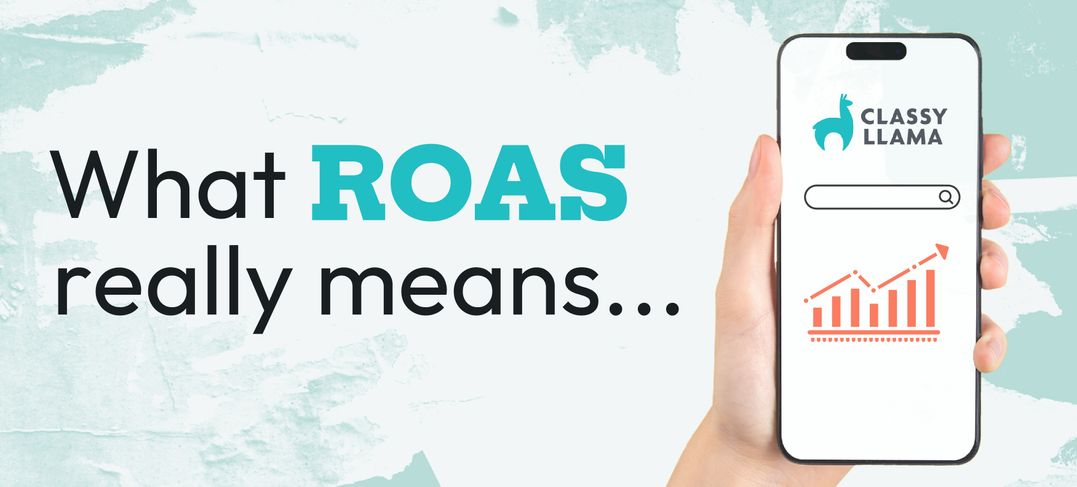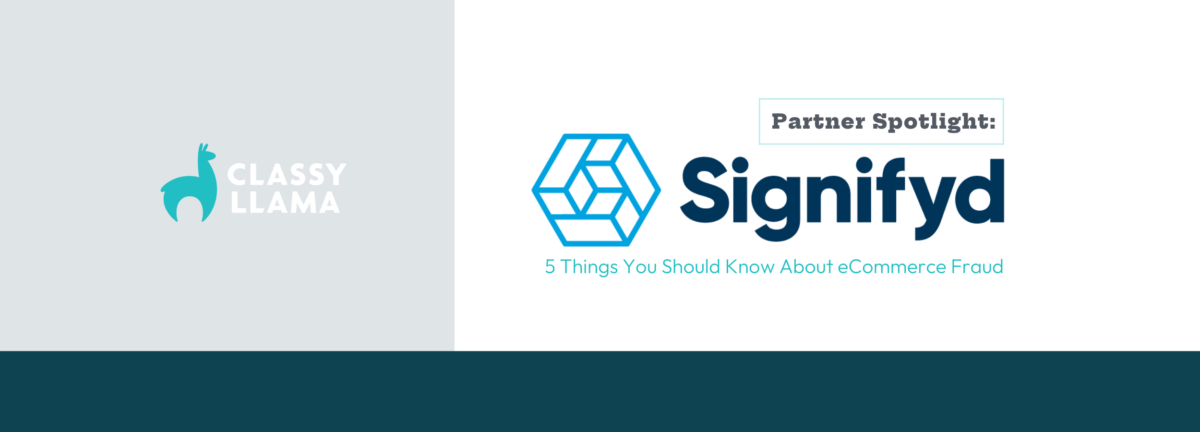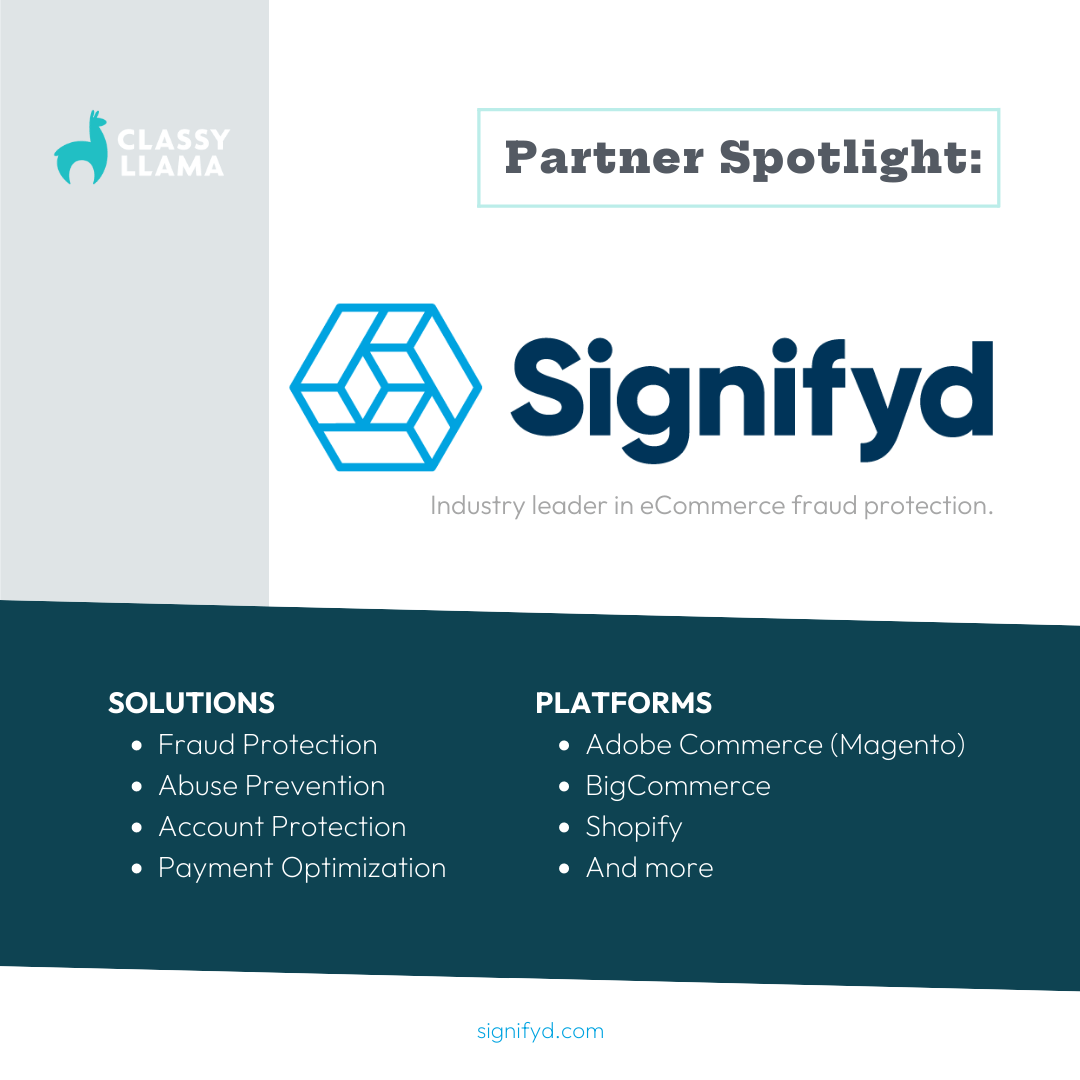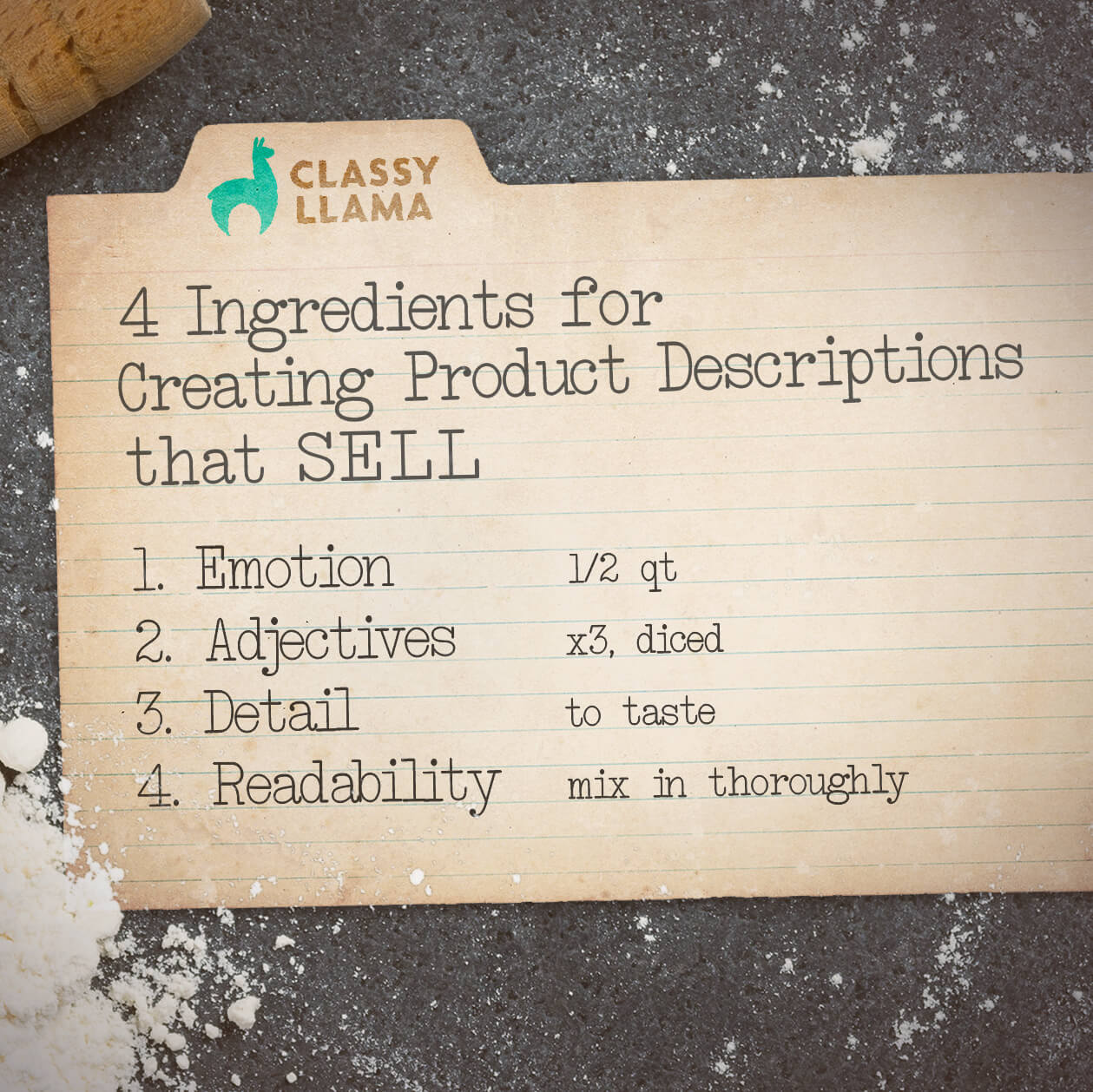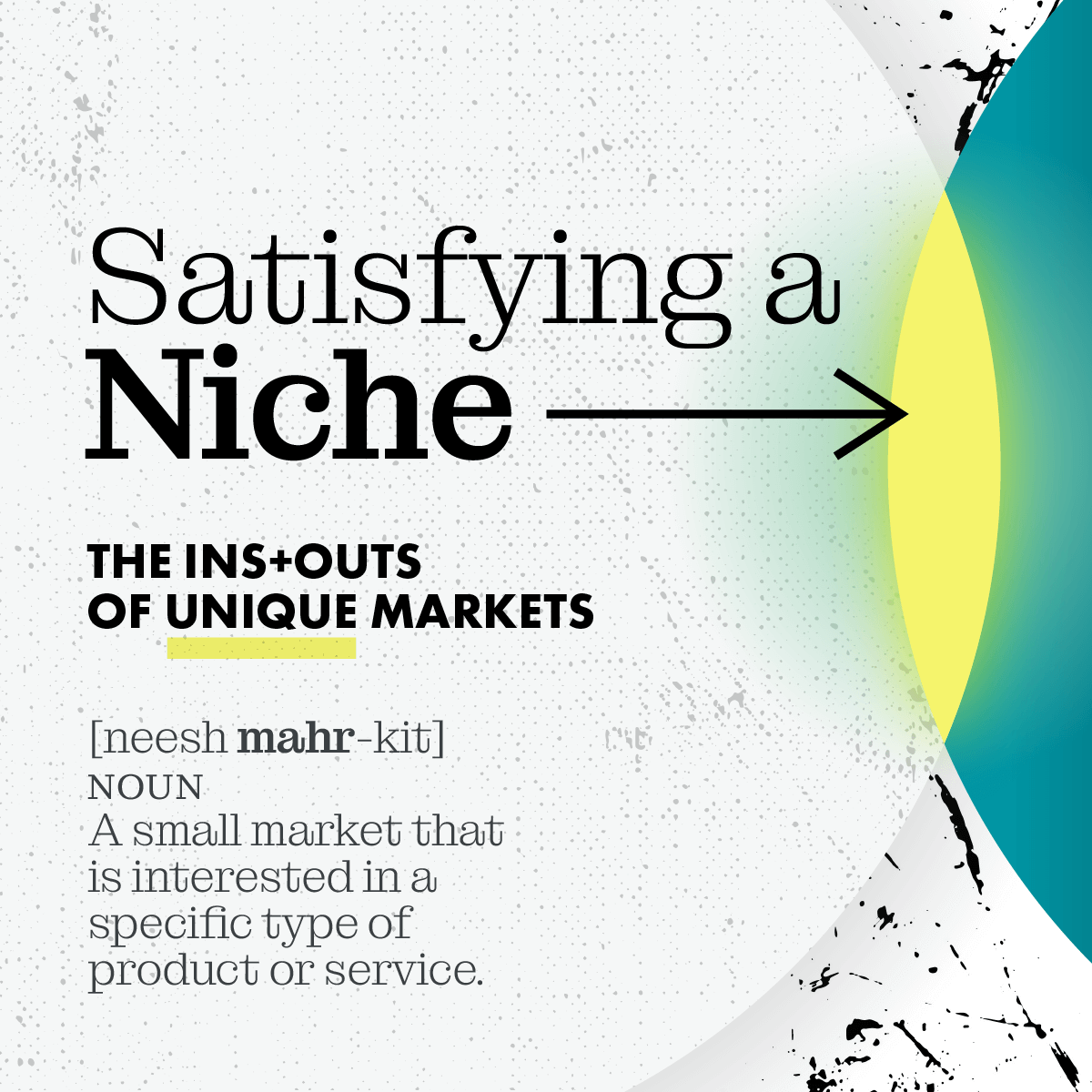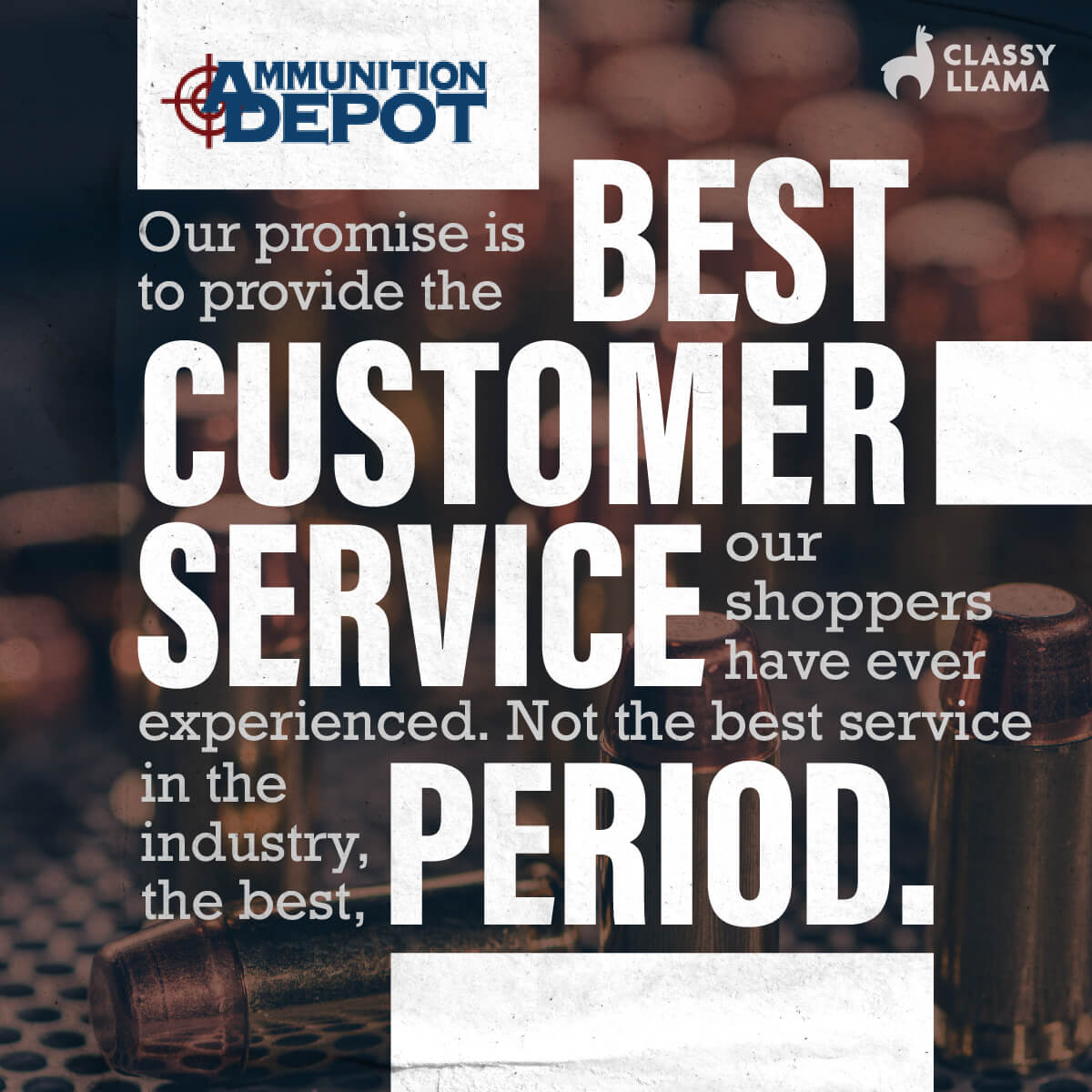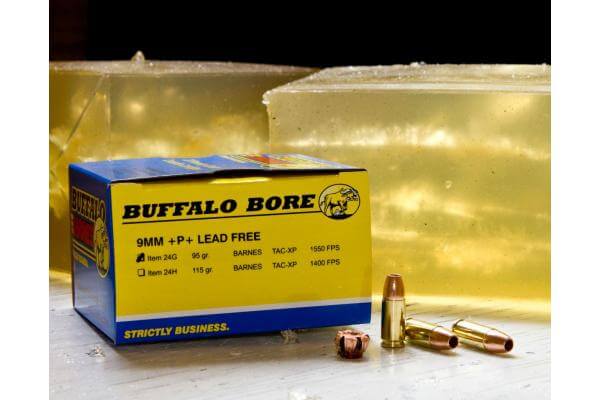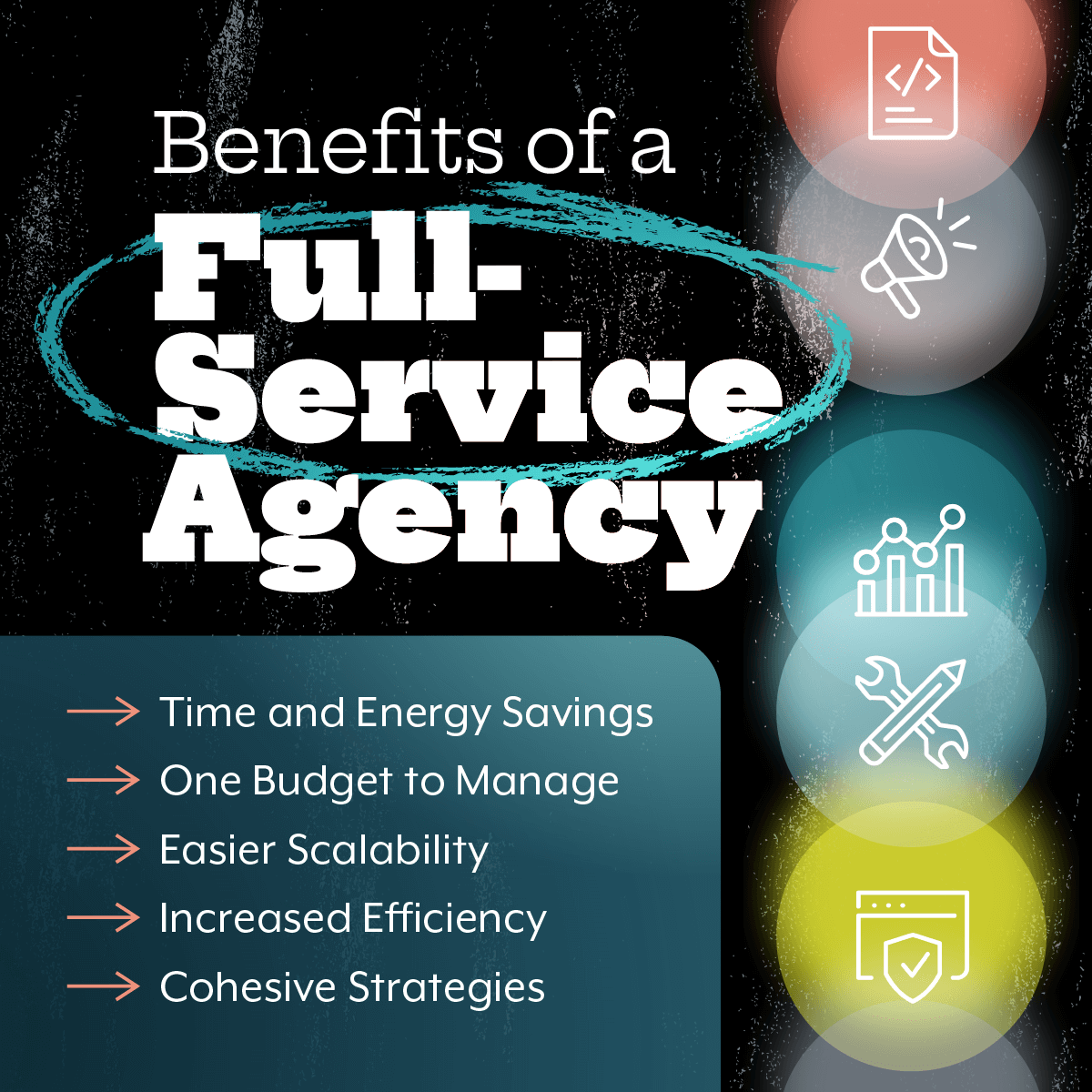What Does ROAS Really Mean?
ROAS – a common marketing acronym for Return on Ad Spend – is a key metric that can help businesses evaluate whether their paid media campaigns are successful. While it’s a simple calculation designed to tell you how much revenue you earned for each dollar spent, there’s more to this number than meets the eye. In this article, we’ll walk you through everything you need to know about Return on Ad Spend.
Understanding ROAS
Return on Ad Spend is a direct give-or-take measurement for one specific campaign, platform, or channel. It’s most commonly used in the context of Pay-Per-Click advertising, where you pay the platform to show your ads to customers. Those platforms keep track of how much you spend. If you have the right tracking and measurement tools installed on your eCommerce site, those platforms can also track how much revenue is generated by customers who click on your ads.
It’s common for companies (or marketing agencies) to look at ROAS numbers in a few ways:
- By campaign to determine which messages are reaching interested audiences and earning conversions;
- By platform (like Google Ads, Meta, TikTok, etc.) to determine whether or not your target customer is active and engaged there;
- And by channel (social media ads, paid search, display ads, etc.) to see which presents the best opportunity for sales, and which just isn’t hitting the mark.
How ROAS differs from ROI
ROAS and ROI (Return on Investment) are often confused. While they are related, there are key differences between the two.
ROI measures the profit generated from an investment, considering all costs associated with the investment, including expenses like product cost margins, labor, and equipment. ROAS, on the other hand, only considers the direct cost of advertising placements returning a simple earned/spent figure
Both metrics are important for measuring your marketing success, and both should be included in your marketing measurement and reporting process, but they serve different purposes. ROI is useful for evaluating the profitability of an investment, while ROAS is useful for evaluating the effectiveness of advertising campaigns.
ROAS formula and calculation
Calculating ROAS is simple – even if you’re bad at math. Just take the total revenue earned and divide that by the total advertising spend.
ROAS = Revenue/Spend
For example, if you spend $1,000 on advertising and generate $5,000 in revenue, then your ROAS is 5 ($5,000 / $1,000).
ROAS is often expressed as a percentage, with a higher percentage indicating better performance. In the above example, the ROAS would be 500%. You may also see it expressed as a ratio (5:1) or Nx (5x).
Still a little intimidated? Try our ROAS calculator tool!
ROAS Benchmarks
Once you’ve calculated your ROAS, how can you tell if your results are where they should be? That’s where benchmarks come in. Benchmarks are ranges you can use to compare your performance in a given area with either your own previous performance or with others in your industry. These benchmarks can be used to identify where your ROAS is strong (and where it is weak), allowing you to make adjustments and improve overall performance.
Factors that affect ROAS
It’s important to establish historic performance standards for your advertising efforts, against which you can measure the results of future campaigns.
Average ROAS benchmarks by industry
Once you understand your company’s baseline, it’s a good idea to understand how your performance compares to others in your industry – especially if you need to improve performance. Below are some ROAS ranges for common industries. Keep in mind: these ranges represent companies of all sizes that sell products and services at a variety of price points. And, in many cases, these industries may overlap (for example, you may have an eCommerce business that sells auto parts, like many Classy Llama clients do). Use these ranges as a guide, but take the time to conduct more in-depth research into your specific vertical.
ROAS benchmarks by industry:
ROAS Metrics
ROAS can be analyzed alongside several different metrics, including Click-through rate (CTR),Conversion rate (CR),Cost per click (CPC), and Customer lifetime value (CLV). By looking at the performance of each metric, businesses can determine which channels are the most effective for their campaigns. For example, you may have a campaign with high ROAS, but the lifetime value of each customer is low. It may be more optimal to replicate campaigns with slightly lower return on ad spend initially, if those customers will earn you more revenue in the long run.
You can also use ROAS to assess the performance of different ad formats and targeting methods. Seeing which ad formats, locations, demographics, and devices are performing most effectively allows you to optimize your campaigns by replicating the formats that offer the best returns.
Advantages of using ROAS
It’s vital to keep your finger on the pulse of your business, and monitoring a metric like ROAS helps you do just that:
1. Because ROAS measures the return on investment (ROI) for each dollar spent on advertising, it can be a simple way to measure the success of a campaign.
3. ROAS can also help you see a more granular view of your campaigns successes (and failures). Calculating the Return on Ad Spend for each ad placement provides more detailed insights into each ad’s performance helping you make more informed decisions on where to allocate your budgets.
4. ROAS is also a helpful tool for optimizing ad campaigns. By tracking ROAS, you can quickly identify which ad placements are performing well and which are not, and make adjustments to your strategies accordingly.
5. Finally, Return on Ad Spend can give you a good indication of the value of your ad campaigns. By comparing the ROAS of different campaigns, marketers can make informed decisions about which campaigns are worth investing in and which they should discontinue.
How ROAS helps in decision-making
By providing a clear understanding of the revenue generated from advertising spend, ROAS helps you optimize your advertising budget and maximize your return on investment. Here are some of the ways ROAS assist in decision-making:
- ROAS helps businesses to identify and measure the effectiveness of their marketing strategies by providing an accurate return on their advertising spend.
- ROAS helps in understanding which marketing channels and products offer the highest return on investment (ROI).
- ROAS helps businesses to decide which marketing channels to focus on and allocate their budget to for the highest ROI.
- ROAS helps businesses to compare the performance of their marketing campaigns and make better informed decisions.
- ROAS allows businesses to track their performance over time and analyze the impact of changes in their marketing strategies.
- ROAS helps businesses to identify new opportunities and measure the potential return on investment of these opportunities.
ROAS Strategies
ROAS strategies are used to identify which aspects of a campaign are most effective and which need improvement in order to maximize the return on investment. These strategies involve analyzing data from previous campaigns in order to identify trends, as well as tracking and testing new strategies in order to find the most effective approach. But before you can start implementing specific strategies based on ROAS, you have to lay a solid foundation.
Identify your target audience:
The first step in optimizing your ROAS is to identify your target audience. This includes researching who your ideal customer is and understanding their needs, interests, and behaviors.
Choose the right platforms:
After you have identified your target audience, it’s important to choose the right platforms to advertise on. Different platforms have different audiences and targeting capabilities, so it’s important to choose the ones that make the most sense for your business and your ideal customer.
Utilize segmentation:
Segmentation allows you to deliver your ads to more specific audiences within the larger group you’re targeting. This can be done through age, gender, location, special interests, product preference and more. Again, each platform has its own segmentation and targeting tools.
Experiment with different ad formats:
Different ad formats can help you reach different audiences. Video ads, for example, are great for reaching younger audiences, while text-based ads work better for more mature audiences. Experimenting with different ad formats can help you find the one that works best for you.
Use eye-catching visuals:
Visuals are often the first thing that catches someone’s attention when they see your ad, so make sure they’re eye-catching and relevant to your message.
Keep the text and CTA concise:
Make sure your ad copy is clear, concise, and to the point. Focus on the main message and use no more than a few sentences. Include a call to action that tells the viewer what to do next such as “click here” or “sign up now”.
A/B test:
A/B testing is a great way to optimize your ads for ROAS. Create two versions of your ad creative and test them against each other (with the same audience, budget, and placements) to see which one gives you a better return.
Track and analyze results:
Once your ads are running, it’s important to track their performance and analyze the results. This will give you insight into which ads are performing well and which ones need to be improved. This is a great opportunity to start tracking that ROAS!
Using retargeting
Retargeting is a form of online targeted advertising that allows you to serve ads to consumers based on their previous actions. It uses anonymized data collected from a customer’s browser to advertise directly to that customer wherever they go online. Retargeting often involves displaying ads to people who have visited a website, encouraging them to come back and complete a desired action. Retargeting ads often have a higher ROAS because the audience they reach is already familiar with your business.
ROAS Tools
ROAS tools are software solutions that help businesses measure the effectiveness of their online advertising campaigns. These tools track data such as click-through rates, impressions, conversions, and cost-per-click to provide insights into how well the campaigns are performing. They can also be used to monitor competitor activities and compare performance across different channels.
Google Analytics
Google Analytics is a powerful tool for measuring the ROAS of an online marketing campaign. It allows marketers to track key performance indicators such as page views, time on site, and conversion rates, as well as calculate ROAS.
Meta Ads Manager
Meta (aka Facebook) Ads Manager is a powerful tool for optimizing campaigns for Return on Ad Spend (ROAS). It allows advertisers to track and optimize campaigns for maximum ROAS by setting a target ROAS for each campaign. Once the target is set, the Ads Manager will automatically adjust bids, budgets, and targeting to meet the ROAS goal.
Other tools for tracking and measuring ROAS
While optimizing and targeting are essential strategies for achieving a high return on advertising spend (ROAS), it’s also important to have the right tools in place to track and measure performance. Some additional tools that advertisers can use to monitor and optimize their ROAS include:
- Conversion tracking
- Attribution models
- ROI reporting
- Bid management tools
Our ROAS Calculator
The Classy Llama ROAS calculator is a tool designed to help calculate your return on advertising spend (ROAS). It works by taking into account the amount of money spent on advertising and the revenue generated from that advertising and then calculates the ROAS as a percentage.
Still concerned about your ROAS performance? Talk to a Llama! We’d love to help you measure your marketing performance and grow your eCommerce business.
FAQs:
What is a good ROAS?
Good Return On Advertising Spend (ROAS) is achieved when the revenue generated from advertising is higher than the associated advertising costs – this is different for each business.
Can ROAS be negative?
Yes, ROAS can be negative if the cost of a campaign exceeds the total revenue generated by it.
How do I calculate ROAS in Google Ads?
To calculate ROAS in Google Ads, use the ‘Conversions’ and ‘Cost’ columns in the ‘Campaigns’ tab of the Google Ads interface.
What is a good ROAS for Facebook ads?
A good ROAS for Facebook Ads is typically considered to be 2:1 or higher.
How can I improve my ROAS?
Increase your ad spend and/or optimize your campaigns to drive higher conversions at a lower cost.
How can Classy Llama help with your ROAS?
If you are a curious llama and would like to see what your ROAS is, try our very classy ROAS calculator.
Having an agency like Classy Llama manage your digital advertising can help you maximize your ROAS. Our team has deep expertise across a variety of platforms, and understands how to optimize campaigns to meet your business’ goals. We utilize a variety of tools and strategies to ensure that your campaigns are targeted, effective, and optimized for maximum ROAS going forward. Additionally, we provide valuable analytics, monthly reports, and check-ins to track your company’s progress, so that you stay informed at every step of the journey of the process.
If you’d like to reach out to a Llama so we can help you improve your ROAS, please get in touch!

